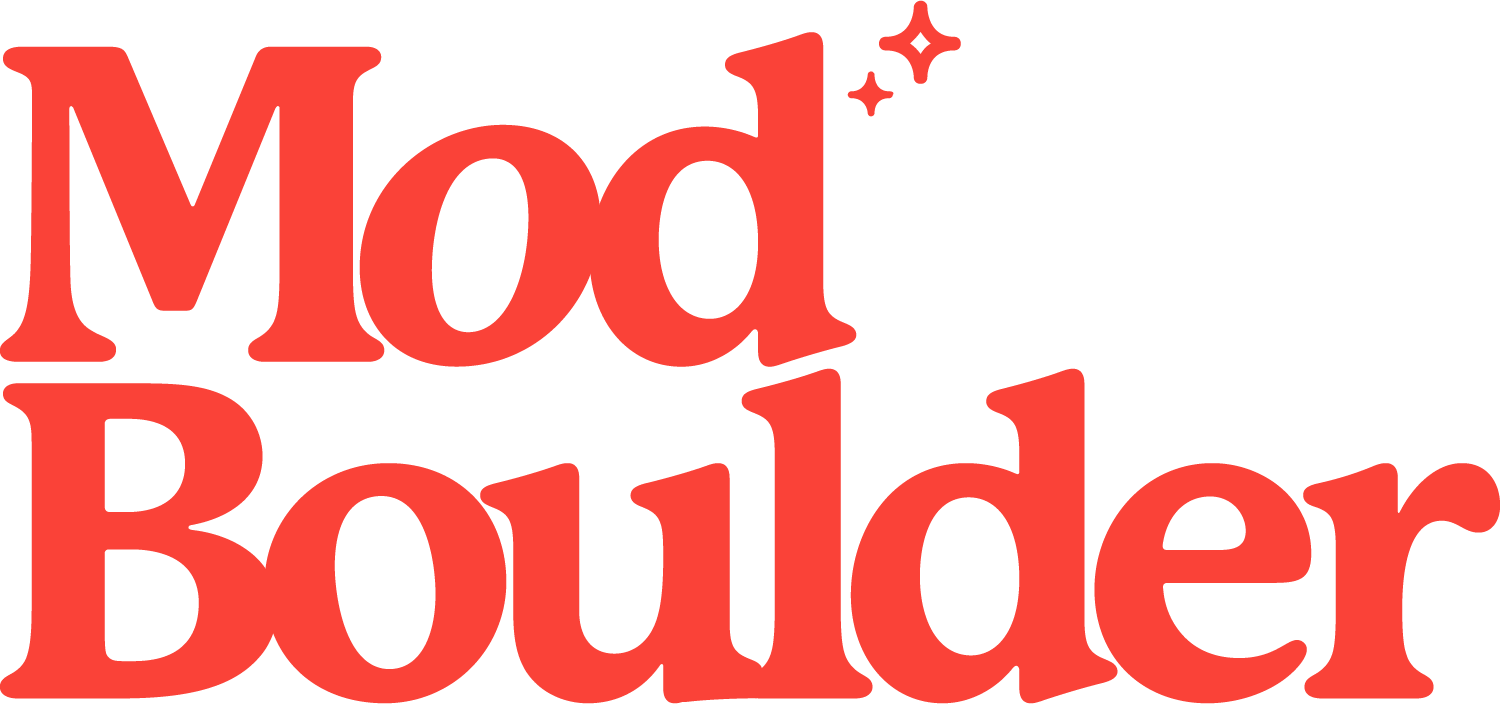A Full 360 of Modernism in Boulder
From the bulbous shapes of Haertling’s Brenton House to the sharp angles of Wagener’s Christmas Tree House, Boulder’s architecture has been heavily influenced by the modernism movement. Most active from the 1930s through the 1970s and with origins in Germany, the modernism movement was locally pioneered by architects Glen Huntington, James Hunter, Hobart Wagener, Charles Haertling and Roger Easton, all of whom designed Boulder buildings and homes which combined industrial materials with a creative flair.
After World War II, modern architecture took hold across the United States—and especially in Colorado. Artistic, unorthodox architectural expression became trendy, resulting in national attention for Colorado structures like Boulder’s NCAR and Colorado Springs’s Air Force Academy. Meanwhile, residential design in Colorado underwent a parallel shift. Vernacular styles fell out of fashion, giving way to modernism’s clean lines and open floor plans. Entire Boulder neighborhoods were developed with inspiration from modern design.
As with most architectural styles, modernism’s popularity eventually began to wane. In the 1970s, critics of the style categorized its clean lines as austere and its open floor plans as out-of-scale. Modern homes often used manufactured materials, which proved less durable than traditional stone and brick. Because of the plummeting popularity, real estate agents claimed that modern homes were hard to sell and did not hold their value. Meanwhile, the increasing interest in historic preservation fueled a new taste for more traditional historical styles.
Today, architecture is once again making room for more contemporary expressions, integrating many of modernism’s characteristics back into the current architectural style. The digital age and nouveau-industrial chic have revived our taste for sharp, progressive, modern designs. Modern homes are appearing in New Urbanist communities like Holiday and Prospect New Town in Longmont, as well as in the soft-loft explosion of downtown Boulder.
Characteristics of this new modernism style include walls of windows, metal surfaces, exposed steel beams and concrete floors. Improved construction materials have bolstered the momentum behind this stylistic transition, using materials like metal, stucco and cement-fiber board, and tougher paints are proving durable, even in our high-altitude environment.
The first wave of modernism faced harsh criticism, claiming that it swept away the past. Today's architects, working within the design vocabulary of enriched modernism, have become skilled at complementing rather than disrupting older and even historic neighborhoods. People seem to enjoy the contrast and diversity that result when the old and the new peacefully co-exist.

